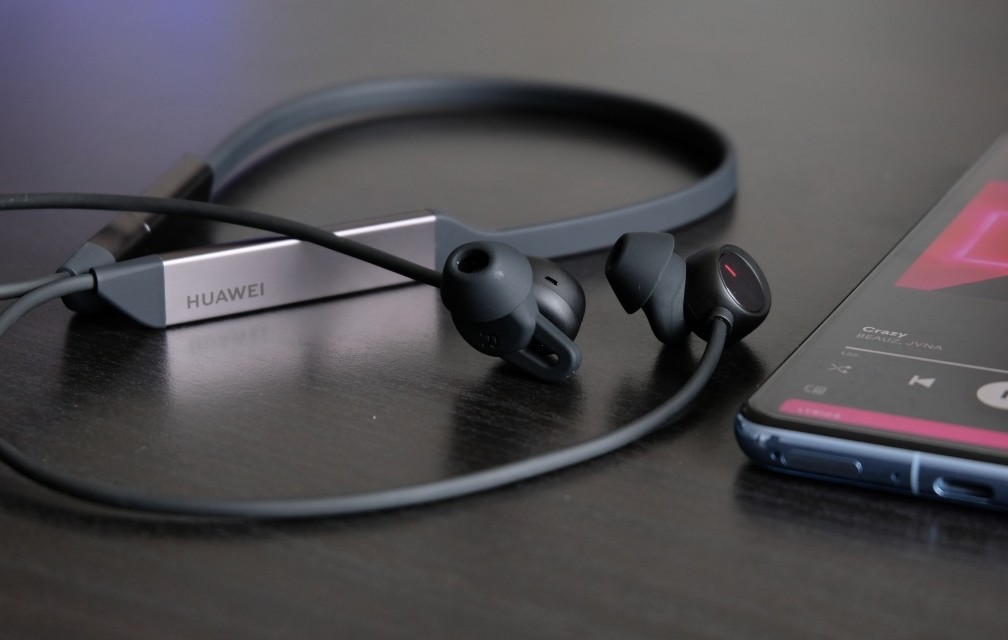Taking these criteria into consideration, all gadgets are classified into two categories: low-resistance and high-resistance, with the gradation between the two categories differing for big and small accessories. All accessories up to 32 Ohm are deemed low impedance for “kids,” but a significant number of them are rated high impedance. For big specimens, the resistance ranges from up to 100 ohms to more than 100 ohms, respectively.
The reason to opt for huawei freelace headphones is quite obvious, there happens to be no annoying cable that connects to the playback device. Basically, the following factors play an important role in the purchase decision:
- Sound quality
- Noise suppression or noise canceling
- Comfort
- Battery life, charging time and interchangeability
- Device compatibility
- Quality and stability of the Bluetooth connection
- Susceptibility to moisture
- Quality of calls
- Controls
- Design and value
The individual purchase criteria for Bluetooth headphones are explained in more detail in the following text.
Sound Quality
The sound quality is perceived and judged differently by everyone. One can argue about taste. The apt-X codec provides an indication of good sound. The apt-X codec promises musical sound in CD quality.
Important for in-ear headphones: for optimal sound, the headphones must sit correctly and firmly in the ear. Usually, in-ear headphones come with multiple ear tips of different sizes. Here it is important to choose the right size.
Noise Suppression or Noise Canceling
Some headphones have what is known as “Active Noise Canceling (ANC)”. The terms “noise suppression” or “noise canceling” are also often used. This ANC technology suppresses background noise and isolates the user from the outside world in terms of sound. If you like to enjoy undisturbed musical moments, you should pay attention to headphones with a noise canceling function. Occasionally, however, the term is mistakenly used to refer to headphones, which simply offer better passive sound isolation. Further details: Noise canceling to suppress ambient noise.
Comfort
In-ear headphones with Bluetooth technology have no annoying cables that lead to the playback device. Unfortunately, this increases the risk of the headphones falling to the ground. If you don’t want to lose your wireless in-ears, you should therefore make sure that the earphones are equipped with magnets. When not in use, the headphones can be put around your neck like a chain without losing them. This also has a significant effect on the perceived sound.
Wireless Over-Ear or On-Ear Headphones
On-ear headphones sit directly on the ear, which means that the auricle experiences constant pressure. In the long run this pressure becomes very uncomfortable and leads to clearly noticeable pain. If headphones are to be used during long flights or train journeys, for example, over-ear headphones are the better choice. Over-ear headphones surround the auricle and do not lie directly on it. This means that the headphones are still comfortable to wear even after several hours.
Battery Pack
Due to the lack of a cable to the playback device, the Bluetooth headphones cannot logically be supplied with power from the playback device. The headphones must inevitably be equipped with a rechargeable battery, which increases their weight. The aim is to acquire the lightest Bluetooth headphones with a high battery life at the same time.
Usual battery life for on-ear headphones is 20 to 30 hours. A battery life of seven hours is realistic for in-ears. Each battery only has a certain maximum number of charging cycles. When this maximum number is reached, the battery is ripe for the bin. With some wireless headphones, the battery is permanently installed and cannot be exchanged. The battery should be replaceable so that the entire headphones don’t end up in the bin.

